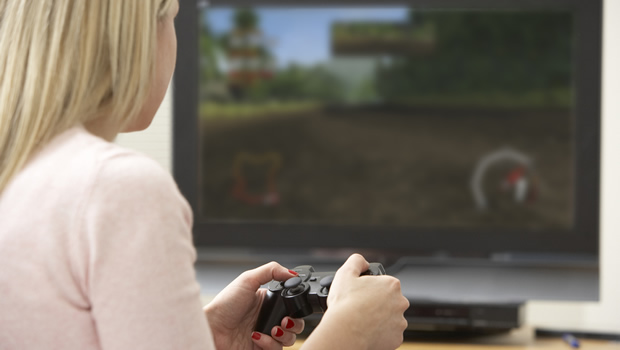From my first space themed set at age six, into the Technic range in my teens and twenties, I continue to indulge my fascination for Lego brick sets. I’m what is termed an AFOL – Adult Fan of Lego; I believe it had and continues to have implications for how I structure my thoughts and activities that involve work & play.
I’ve written before that play is significant for learning through what seems like an abnormally long human childhood (for an animal our size). Oftentimes, I attribute my few creative skills to extensive play, building with Lego being a substantial part of it.
So what do I mean by creative skills? These three mainly:- The ability to create/generate ideas, create things either virtual or real that have value, are new and surprising.
- Being imaginative and extending ideas beyond the boundaries in which they are generated – taking A and applying it to B.
- Being ‘creative’ within a system/framework. I studied engineering and found that it enabled a framework of thought that allowed me to be creative within its constraints. Systematic creativity is encouraged and enabled in many disciplines such as the arts, science, design and of course, engineering.
The exceptionally creative people I’ve known over the years have shown distinct abilities that set them apart from others. Don’t get me wrong, every individual is creative in their own way; this creativity is essential to human adaptation to the varied situations encountered in life. However, there are some individuals you meet who shine in lateral thinking, making connections, drawing conclusions, reaching decisions and creating/generating something that is new, surprising and interesting. So how does Lego figure in all this? Lego encourages the development of the ability to create or generate ideas. Typically when a Lego player gets a box, they go over the parts and the accompanying building instructions for it, follow them once to build the model and then dismantle the component pieces all over again. At this point, some will rebuild the model to discover nuances of the set; most however, will try to create something that they’ve thought of. This translation of an abstract design thought into a working/physical representation is done using Lego bricks. Each individual creates something that is different from the other. As a child, typically Lego isn’t taken at face value. In the sense that while the Lego bricks remain plastic parts, they are often assembled into ‘models’ that inhabit the child’s imagination. This type of extending the boundaries of the imagination into the physical world is very typical of individuals with creative skills. So Lego encourages creativity by enabling an environment that allows for infinite combination, exploration within boundary constraints of a system (the Lego system in this case), and supports transformation – allows for the creation of entirely new models with little in common with the building instructions that come with the sets. This offering a system of interaction and creation (leading to an environment of play) rather than a toy is great for play and learning. Lego encourages a systematic approach to creativity. While there are varying levels of expertise in building models with Lego, the rules remain unchanged. As one learns the ropes, one realizes there are things that one can and cannot do within that environment. Any model building must take into account this framework of rules. This reflects the demands of creativity in real life as well. Lego helps children imagine possibilities, create real/physical models based on their ideas, play, manipulate, modify and experiment with their creations, share their models, insights and techniques with others, and analyze their building experiences. Eventually, I feel digital learning environments would need functionality that allow similar activities.



















